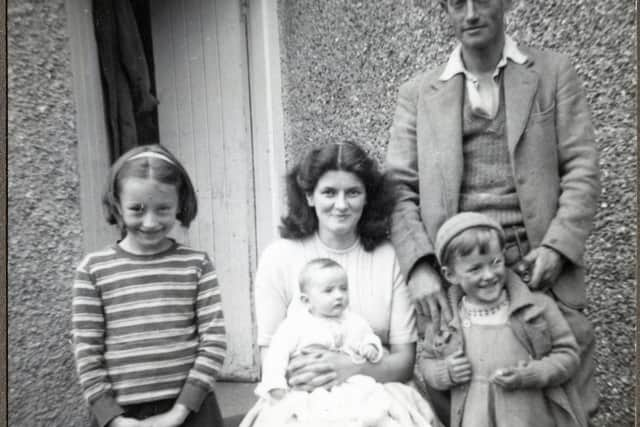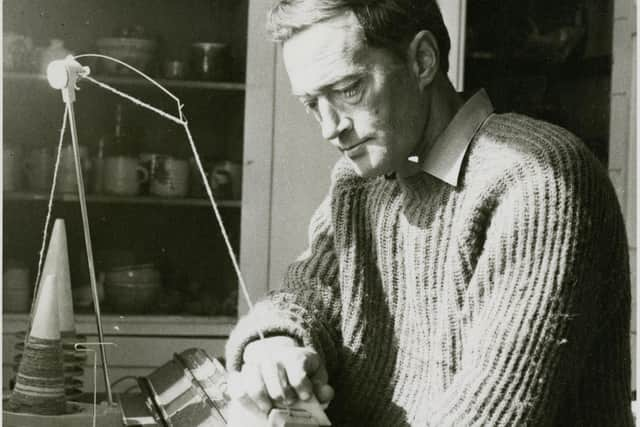When a lonely island called a family to the Hebrides


Len Whatley, his wife Margaret and their two young children headed for Pabay, driven by a dream to run a farm and - most importantly - make an income from the land and a good life for them all.
Pabay, which sits in the Sound of Skye, was no easy win. Firstly, it had not been cultivated for 100 years and the fierce winds, short growing season and rabbit infestation set the challenge high.


Advertisement
Hide AdAdvertisement
Hide AdLen, although bearing a great mind and gallons of resolve, had never sailed a boat before, apart from punting on the River Avon. None of the family spoke a word of Gaelic. But a trip to Pabay during a holiday on Skye just three months earlier, when the sun shone and the climate remained kind, made them believe the island was where they were meant to be.
The Whatleys made their home on Pabay for 20 years and now their story has been told by the couple’s nephew, Professor Christopher Whatley in his book Pabay, An Island Odyssey, published by Birlinn.
Prof Whatley said: “Pabay gripped the imaginations and pulled at the hearts of Len and Margaret almost from the time they first saw it. The moment was transformational. It changed their lives irrevocably.
“Ultimately it broke Len’s health and contributed to his premature death. But there was an attraction about Pabay that went beyond the circumstances of particular individuals or, in this case, a couple.


“Len and Margaret were, in their own way, idealists; he more so. But their search was not for seclusion, but a new centre. They, like most of Pabay’s people, regardless of period, were of this world. Their aim was to make a living, raise their family and live full, enriching lives. “Far from being a place of escape, Pabay demanded Len’s and Margaret’s total commitment to their new reality.
“The enduring Pabay story is one of extreme challenge. Small islands are for the brave, the resilient and the self reliant.”
Pabay was held by the Mackinnons from the 14th Century and then by the Macdonalds before falling into private hands as island chiefs sought to clear their debts.
Prof Whatley described Pabay as “to all intents a desert island” when his family arrived. The island population peaked in 1841 when 21 people lived there. By 1911, only five people remained. By the time the Whatleys arrived, they were the only ones to call it home after it was bought by a family friend, who later decided the island venture was not for him.
Advertisement
Hide AdAdvertisement
Hide AdLen, a Conscientious Objector during World War Two, learned about agriculture during his wartime employment.
Later, running a farm in Birmingham solidified his skills but the encroaching urban sprawl of the city took them on the road north. The wider family were not impressed by the move.
Prof Whatley said: “His mother wanted him to have a secure job at the council. She was appalled when they went to Skye. There was a suggestion that she went to but she didn’t like the mountains. She never forgave Len for going there. She was annoyed that she never got the £200 back that she gave him for a tractor in the early days.”
But the family forged on. Their first crucial potato crop was eaten by island rabbits. Income from pulling winkles off the rocks and sending them to London for sale was a lifeline.
Prof Whatley, who spent long periods of his childhood working on Pabay, shooting rabbits and pulling cows out of ditches, said he believes the island never made a profit during the family’s time there.
“Financially, it was not a success. But it terms of quality of life and experience, it was everything for all of us who were involved.”
Prof Whatley will present Pabay: An Island Odyssey at Dundee University, Dalhoussie Building, on Tuesday 25 February at 6pm.
